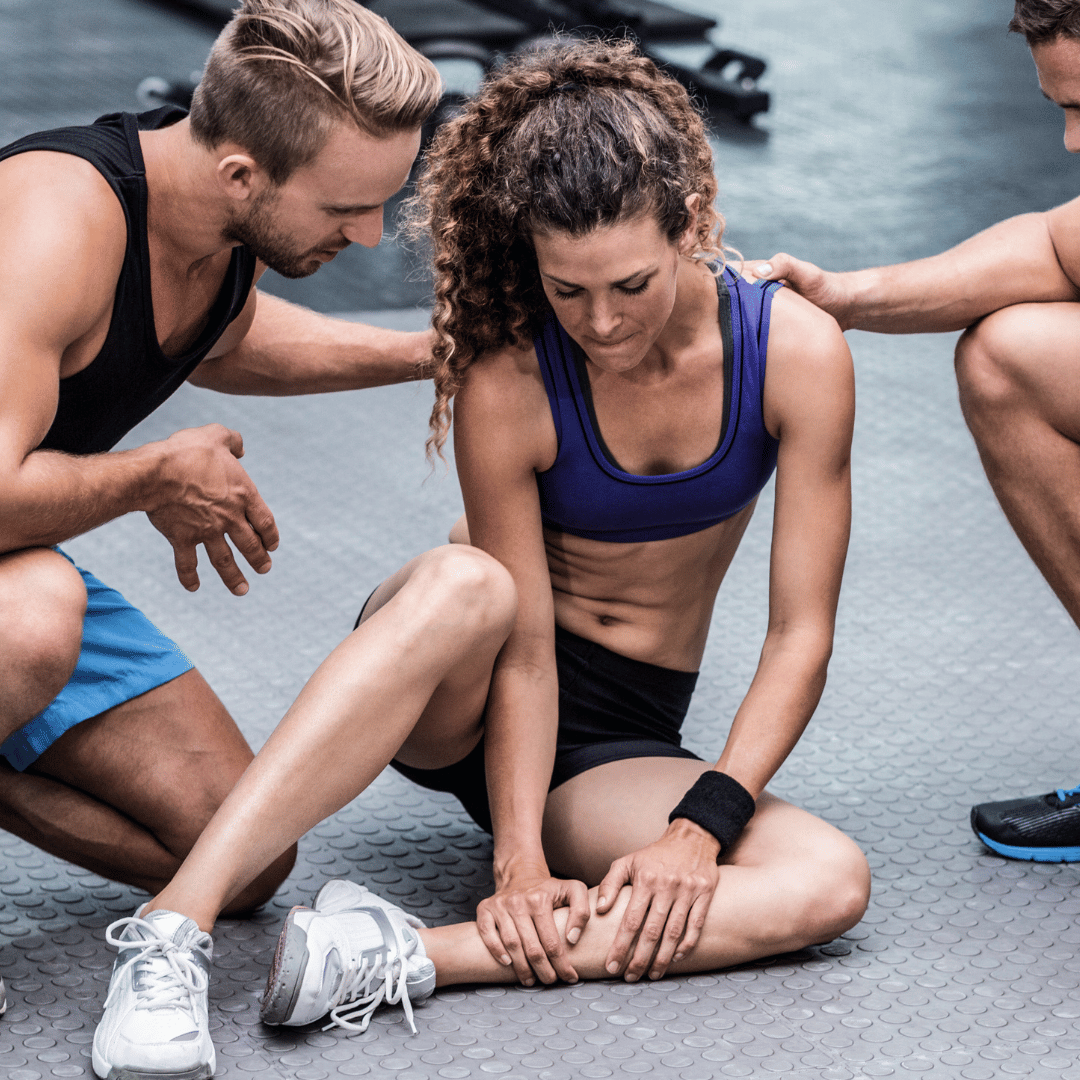
Sports injury types, management and prevention
1 June 2023
Luke Denham
Clinic Lead Practitioner
In our latest blog, Clinic Lead Practitioner and rugby player Luke Denham explores the different types of sports injuries and shares some tips for prevention.
Sports injuries can be the absolute thorn in an athlete’s side. They greatly impact our lives, whether through physical pain at the time of injury or the psychological distress that comes with missing training or being able to enjoy the sport you love. Sports injuries affect hundreds of athletes every day, and it is both challenging and rewarding to support athletes who are struggling with time away from their passion, to recover from an injury.
Personally having suffered many injuries that have led to me taking significant time away from rugby, I understand the frustrations associated with not being able to play because of pain. All injuries are different, but one of the positives from my injury experience is that as a Sports Therapist, I can understand how an individual might be feeling. Whilst there is always some level of risk of an injury occurring when playing sports, there are ways in which we can help to reduce these chances and help prevent the likelihood of injury occurring.
Different types of injury
There are many different kinds of injuries that we see in clinic and that can occur when playing sports. Some are unavoidable and, as we note below, are due to external factors which are out of our control. At the other end of the injury spectrum, we have overuse, repetitive strain injuries, and reoccurring niggles. These types of injuries are normally what you, as an athlete, can have a little more control over and help to prevent.
Below are my four tips to ensure that you train as safely as possible:
1. Planning and preparation
This is key. Seeking professional advice from your coaches to create a solid training plan is important to ensure you build up your strength and stamina slowly and carefully.
2. Fuel your body
Alongside developing a clear training plan to help build strength, it is important also to fuel your body, giving it the nutrition it needs to be able to perform at an optimum level.
3. Positive mindset
Studies have shown that your mindset and how you approach a big sports event or competition can dramatically impact your performance. Learning to manage your mindset is a very valuable skill. Here is some great information on Why Mindset Matters for Athletes, from the Pure Health Center.
4. Strong body
Seeking the correct input and help from a Sports Therapist or Sports Physiotherapist can go a long way to help keep you injury free. They can help you to review training techniques and movement patterns, programming, and keep your body working in an optimum capacity.
Injury management
When an injury happens, the correct management of an injury in the early stages can have a significant impact on your long-term recovery. Until very recently, the rule of thumb has been to rest it, ice it, compress it, and elevate it. You may know this as R.I.C.E. or even P.R.I.C.E. (with a P for protection). These acronyms have been the advice for many years, but we are seeing a move away from these protocols. Evidence now indicates that the use of ice and anti-inflammatories can actually harm your long-term recovery.
To understand the new P.E.A.C.E. & L.O.V.E. protocol, have a read of our blog ‘Ice should no longer be applied to injuries, and here’s why’.
The fact that this long-standing advice is changing, only highlights how important it is to seek timely professional help. Following this, your practitioner will be able to help you set out a pathway to recovery. Whether this be with treatment and rehabilitation, alternatives to keep you active and to keep your fitness levels up, or coping mechanisms when you inevitably become frustrated and annoyed with the situation.
Injury prevention
When looking at injuries, we must firstly identify and appreciate the limitations of preventative measures. What I mean by this is that you can engage in all the right things to reduce your chances of injury, whether this be attending ongoing treatment appointments, regular stretching, yoga classes or working on specific exercises to help strengthen your ‘weak spots’, you still might get injured. There are certain external factors, out of our control, such as playing surface, other players, equipment faults etc which could still lead to injury. Utilising a personal trainer or a coach for some sport-specific training advice can be a great way to help manage your training load and prevent overuse injuries.
Think about it, you could have a perfect, textbook training plan that considers all the risks associated with your sport, your injury history, and potential personal predispositions, but you could still get injured. Whether it be an anterior shoulder dislocation because the timing of your tackle in a rugby match was off or a lateral ankle sprain because you landed awkwardly during your netball training, sometimes we just get it wrong. Whilst it is frustrating, things happen, it is how we deal with it that is important.
In summary
There is a lot we can do to help take care of ourselves and prevent injury from occurring whilst playing sport. The best way is to be mindful of the risks, seek help when needed, and, above all, enjoy what you are doing.
If you would like some help recovering from an injury, get in touch to see how our professional team can help.

